According to the author of this beautifully illustrated, hugely engaging book, if we were ever to choose a fellow mammal to serve as symbol for our time, then the polar bear would probably make any shortlist. Standing ten feet tall on their hind legs and weighing as much as a ton, the males are the world’s largest terrestrial predators and the only ones to seek human flesh actively. This extraordinary whale- and walrus-wrestling monster is proof positive that wildness persists on our planet, despite the onslaughts of the Anthropocene.
For all its nightmare-haunting power, however, the aspect of the polar bear that really makes it an icon of the age is its vulnerability. For it is uniquely susceptible to the effects of melted sea ice and its image is now relentlessly deployed to get across the threat of climate change.
It is this metaphoric and humanised version of the species which is the book’s key subject, and what Michael Engelhard emphasises is that the modern imagery draws upon 8,000 years of evolving preoccupations. Over that time the creature has been cast and recast as ‘food, toy, pet, trophy, status symbol, commodity, man-eating monster, spirit familiar, circus act, zoo superstar and political cause célèbre’.
One of the other major revelations is just how obsessed the public is still with this creature. Take the example of the hand-reared youngster called Knut, who was born in Berlin Zoo in 2006. Before he drowned in his own moat, which itself has the ring of a celebrity exit, ‘Knutmania’ involved the bear having his own registered trademark. When it was floated on the Berlin stock exchange shares in the zoo doubled in value overnight. Even four years after his untimely death people were still leaving, on the anniversary of his birthday, Knut’s favourites croissants by a bronze memorial erected in his honour.
Another merit of the book is the author’s willingness to track these themes to their origins. It turns out that Europeans have held polar bears captive for almost 1,000 years and traded them internationally to grease ‘diplomatic gears and careers’. Emperor Frederick II of Sicily apparently sent one to King Mohammad Al Kumil in Egypt; and in return ‘Stupor Mundi’ received a giraffe. The first British polar bear was recorded at much the same time, with Henry III keeping one in a menagerie in the Tower of London. Yet the ultimate in caged entertainment came with a German circus act of the early 20th century. It featured a troupe of no fewer than 75 polar bears, which were all made to perform tricks involving a 60-foot water-chute.
When the opportunity finally arose, with the advent of Arctic travel, the polar bear’s default purpose for wealthy white men was to test their virility. However, quite how much of a measure of manhood it was to shoot one from a boat was an issue raised by the environmentalist John Muir. As ‘safe and easy a butchery as shooting cows in a barnyard from a roof of the barn’ was his own verdict on the so-called sport.
Even so, Engelhard calculates that from 1769–1969, 150,000 polar bears were killed in the Eurasian Arctic. Although most nations have now outlawed any kind of slaughter, the indigenous Arctic communities retain a right to shoot and eat polar bears, while an additional 40–200 are poached each year in Russia. The key driver is our obsession with their overpriced body parts, with top pelts fetching as much as $20,000 and even dried gall bladder going for $3,000 in South Korea.
One of the more unexpected outcomes of our fixation is the polar bear as sex symbol or, rather, as sexualised prop. In the 19th century, paintings of odalisques sprawled seductively on luxurious white furs were so commonplace that they were mocked as cliché. Yet the genre survived well into the nuclear age with almost the entire lineage of Hollywood sex goddesses — Jean Harlow, Marlene Dietrich, Bette Davis and Marilyn Monroe — being photographed in this posture. As the author notes, the eroticised bear and the eroticised blond were both shot to satisfy male fantasies. Although our desires for and our fears of the beast have wrestled one another at different times, one thing, according to Engelhard, has been constant: without a great white bear ‘the world would be less colourful’.
Got something to add? Join the discussion and comment below.
Get 10 issues for just $10
Subscribe to The Spectator Australia today for the next 10 magazine issues, plus full online access, for just $10.

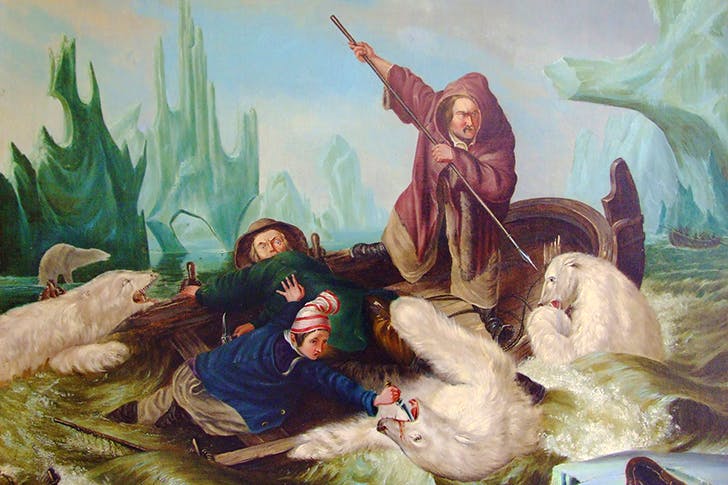

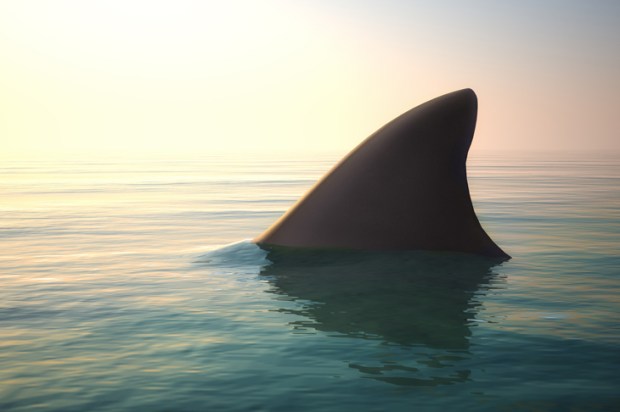

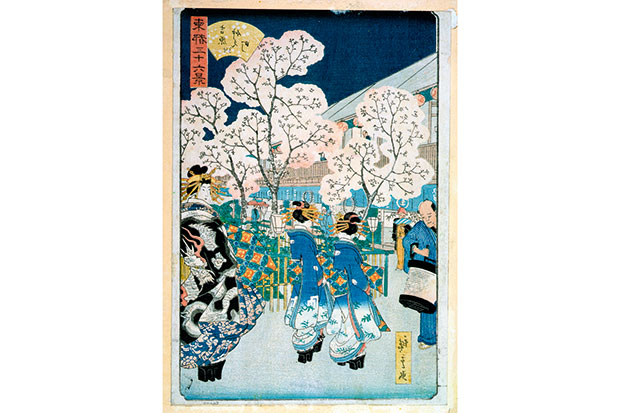
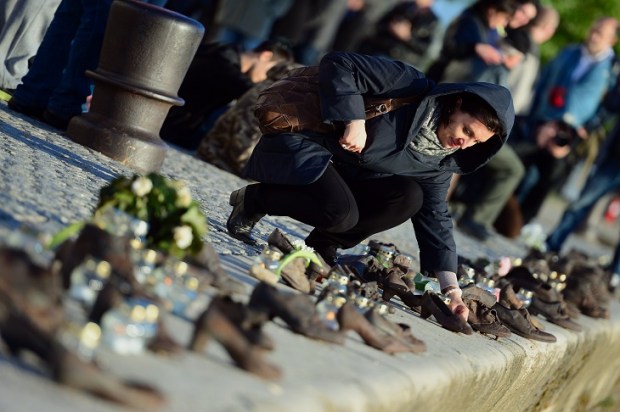
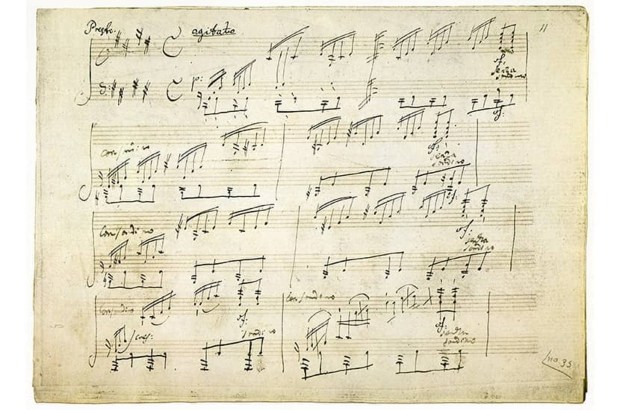






Comments
Don't miss out
Join the conversation with other Spectator Australia readers. Subscribe to leave a comment.
SUBSCRIBEAlready a subscriber? Log in